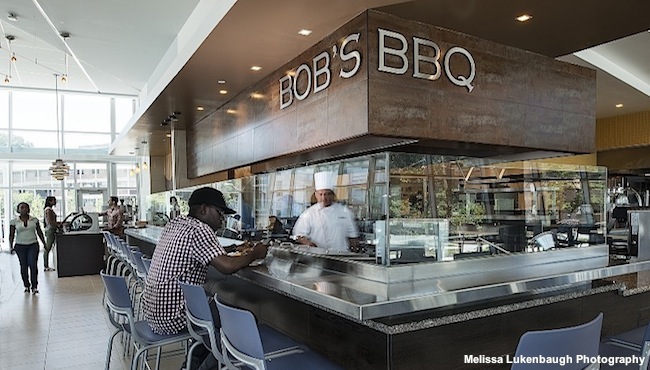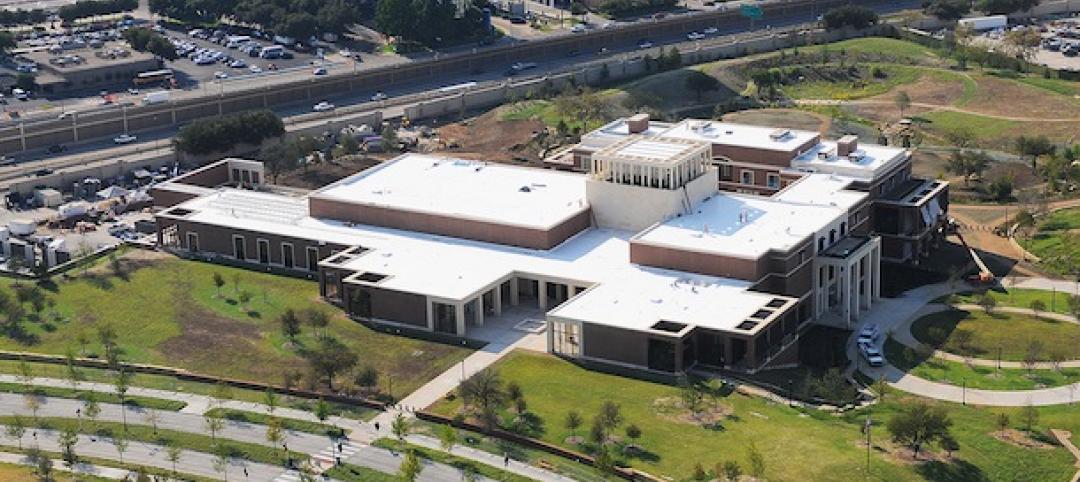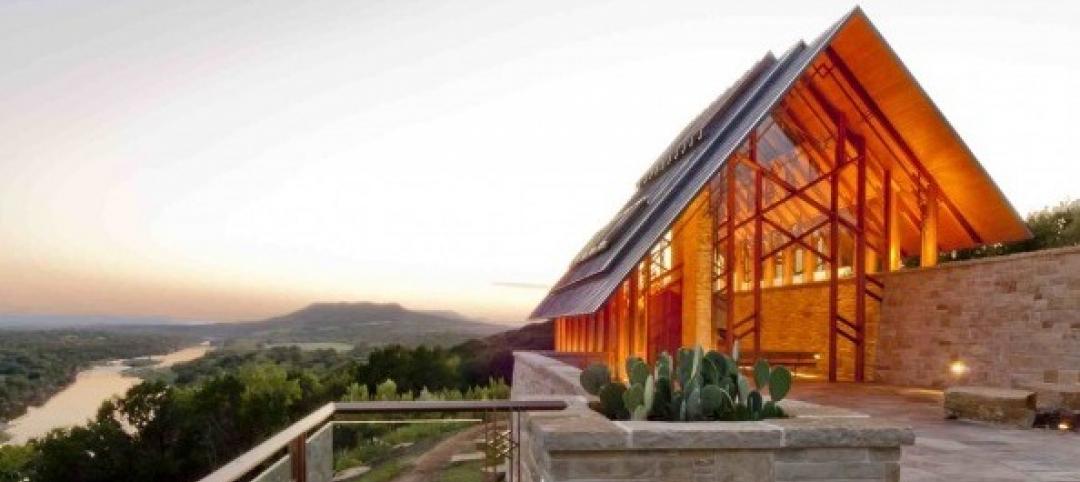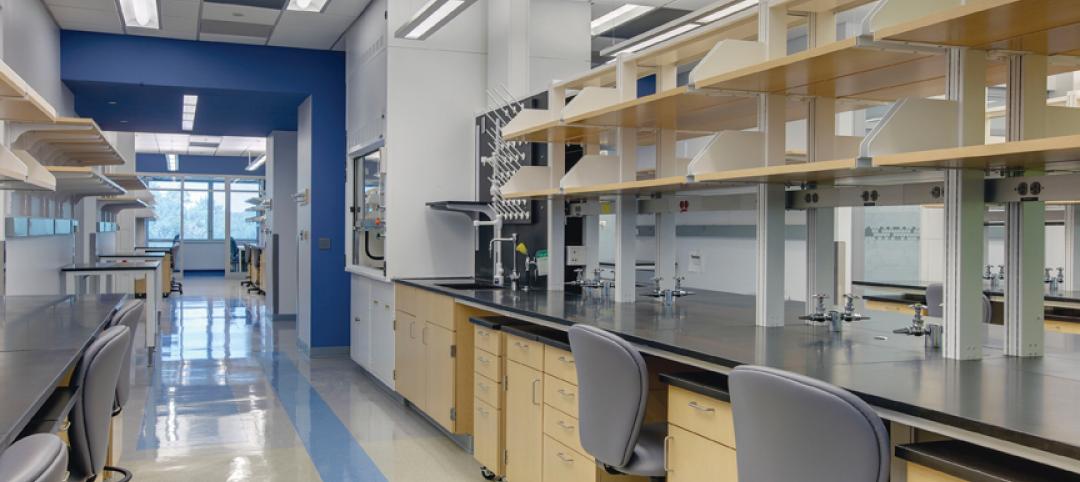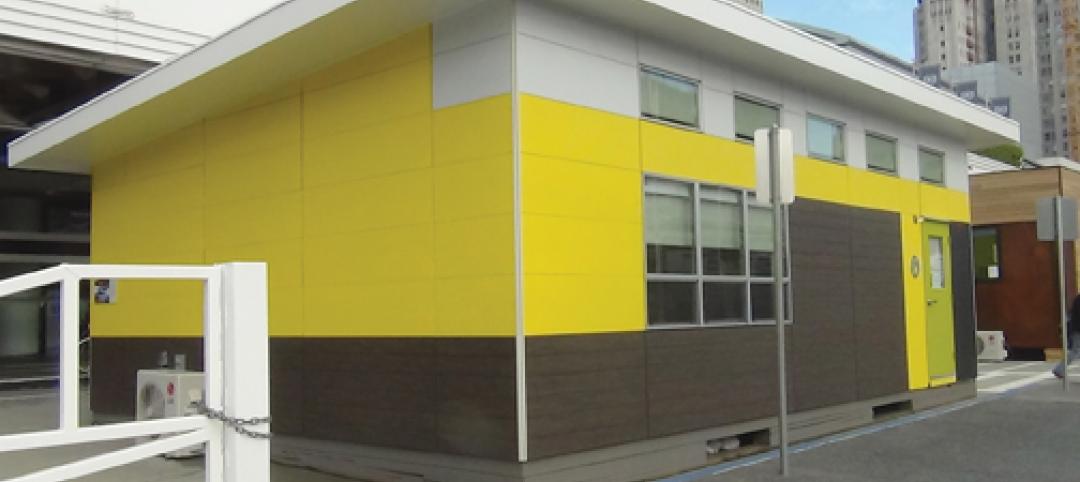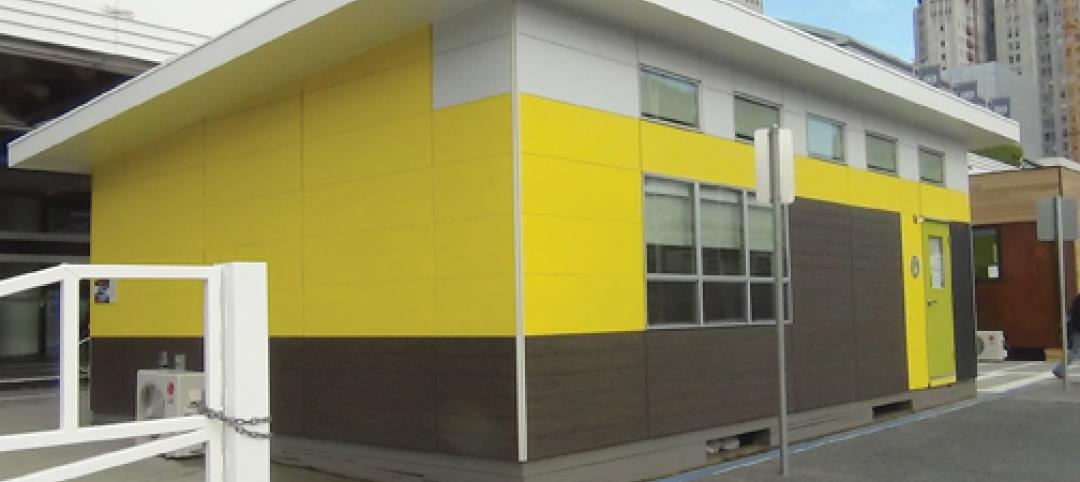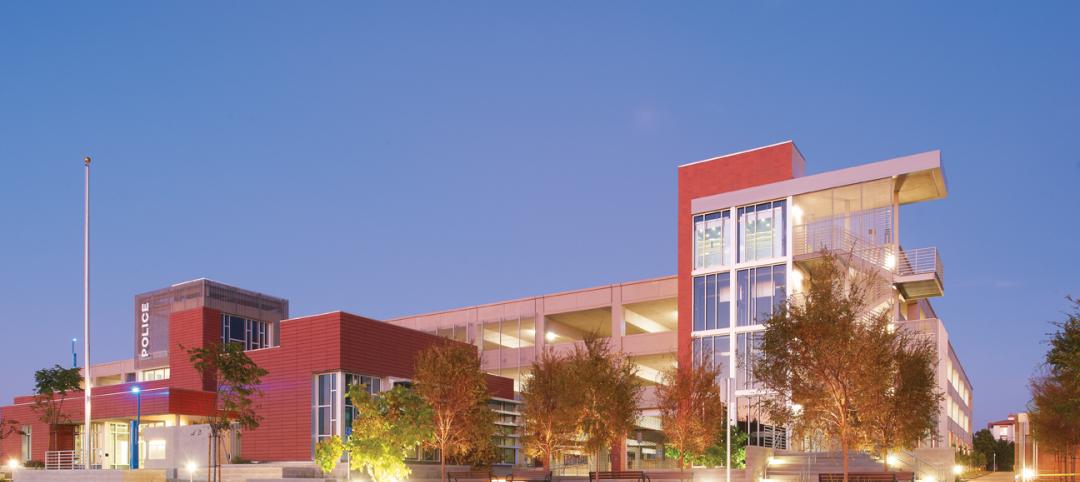Creating a dining experience for the modern millennial requires not only a deep knowledge of good design, but also an understanding of what makes today’s students tick.
KSQ Architects dining specialist Juana Gomez, as well as culinary designers and consultants from Bakergroup and Ricca Newmark, recently provided insights into what trends are transforming the campus table.
1. Food is community
Sure, some students simply want to eat in peace–and creating bar height spaces where they can feel comfortable dining alone is key. But because family is increasingly important to the millennial generation, many students prefer the communal act of dining with others. This shared experience gives birth to community and raises the level of engagement on campus.
In fact, a survey of 1,000 millennials by marketing agency BBDO Atlanta found that “48% said their families define them, and 16% said their passions do. Honesty ranked highest in what matters most in how they live their lives. Pretentions are out. Honesty and transparency are in. And, integral to their lifestyle is the food they eat and the people they eat it with.” Flexible spaces that support any given mood–whether solitary or communal–are key to any successful student dining project.
2. Restaurant, not cafeteria
Dining halls today are not the cafeterias of yesterday. Today’s students want a more retail experience and they want variety–and ideally multiple choices of fresh foods prepared right in front of them and to their specifications. In fact, the BBDO survey also found that nearly five out of 10 millennials refer to themselves as foodies. Sophisticated yet durable finishes, comfortable lighting and seating, and inviting spaces to simply hang out whether they’re hungry or not.
“Dining on campus is evolving more into commercial restaurants and farther away from the “stainless” cafeterias of my collegiate days. Instead of “dining halls” we are going to “mini-restaurants” and “marketplaces,” says Tom Ricca, founder of culinary design firm Ricca Newmark. “Student dining rooms today are furnished with upholstered booths and banquettes with highly designed ceilings and lighting.”
3. Connection to the outdoors
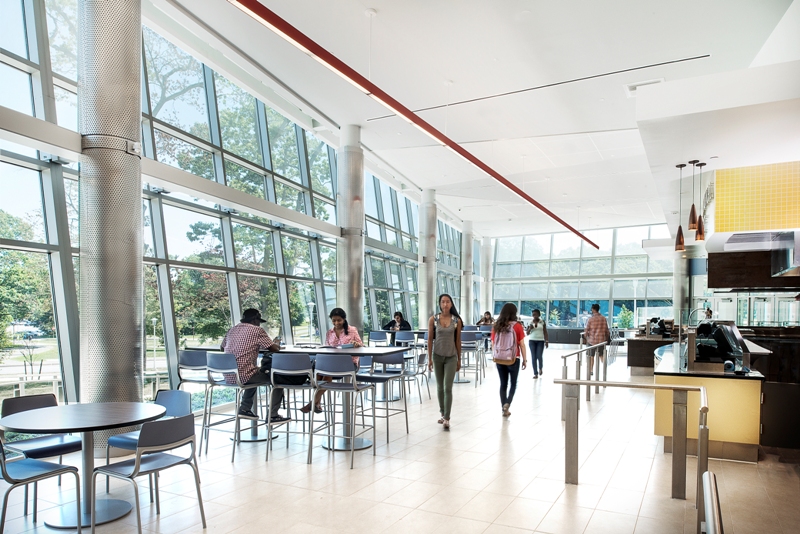
Photo credit: Melissa Lukenbaugh Photography, courtesy of KSQ Architects
Whether it’s an indoor space flooded with natural light or a true al fresco dining experience, students crave sunlight as much as a slice ofpizza. Nothing raises the mood, inspires conversation and communicates hospitality like a wall of windows or a patio full of tables.
“Especially in climates that are more temperate, we like to provide spaces that allow students to take the dining experience outside,” says KSQ associate and dining specialist Juana Gomez. "Having options is vitally important to students today, and al fresco dining–with a variety of seating choices–really lets millennials create what feels like a customized eating experience.”
4. Food origins
Not only do 21st century college students think differently about food than any previous generation, they also care deeply about the origins of their food–whether the emphasis is on how it’s grown, where it’s grown or who grew it, the ethical factors that come into play are increasingly important to this new generation.
“Students are also seeking more transparency and authenticity in the preparation of their food, reflected in the popularity of exposition cooking and artisan foods, and in the demand for fresh ingredients,” says Jim Sukenik, president of food service consultant Bakergroup. “A movement toward local food sourcing is a driver of chef-driven menus that frequently change, based upon the seasonal availability of some items.”
5. Spaces with flex appeal
Let’s face it–today’s millennial is easily bored. Finding ways to keep a dining hall ever new is a challenge that can be achieved with revolving art exhibits, new music, updated menus and branding opportunities. Keeping the experience fresh is a key factor in making dining a place that pulls kids from all corners of campus.
“Like a storefront window, the dining hall ideally has something new going on all the time,” says KSQ’s Gomez. “Often a small stage–for students to play music, have poetry readings or do improv–can be a big attraction.”
6. Convenience, always
A recent article by physicians with the Mayo Clinic noted that trends indicate 35% of meals eaten by millennials are actually snacks. Which means the portion sizes and dining hours need to be flexible. Whether it’s hours of operation or locations on campus, students tell us they want convenience and choice. Dining in with friends, grab-and-go on the way to class or delivery are also options students look for to make their hectic life a little easier.
“Convenience is paramount – foods that students want, where and when they want them,” says Sukenik. “Fresh, local, and healthy ingredients; smaller portion sizes; snacking and grazing in lieu of full meals, and “trading plates” are growing trends.” Tom Ricca agrees. “With the mobility of our youth, constantly connected, and time-challenged, we see the need for more and more “portable” foods that can be easily hand-held, packaged and eaten on the move. This would be items like burritos, pasties, and empanadas,” he says.
7. Going global
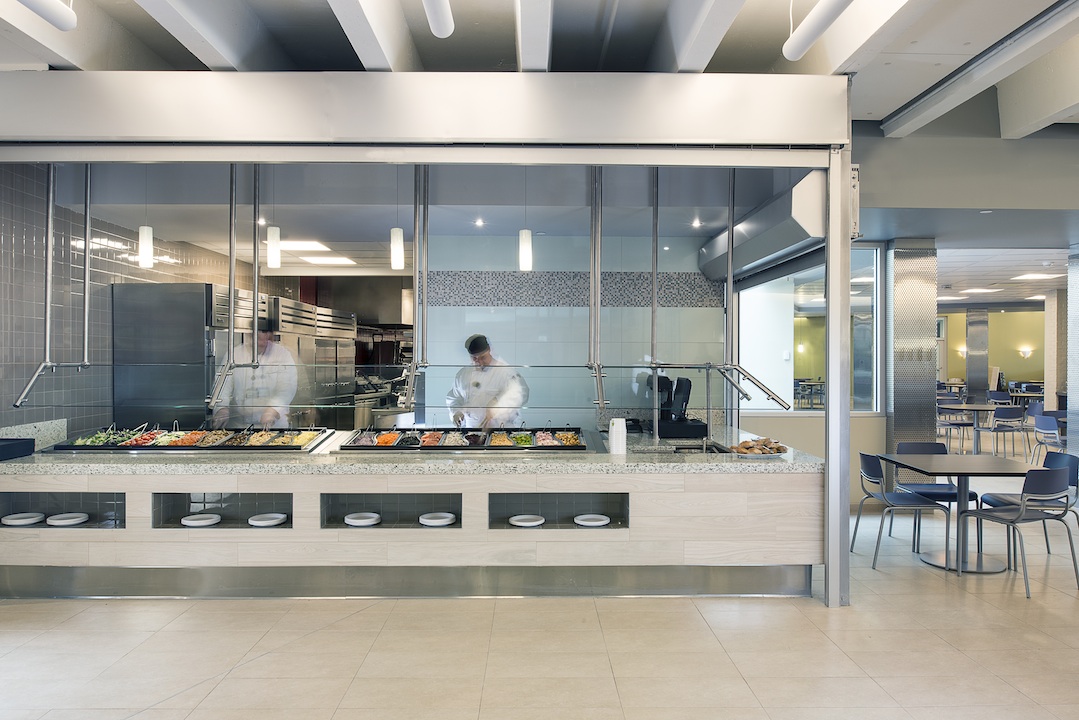
Photo credit: Melissa Lukenbaugh Photography, courtesy of KSQ Architects
From their own travel experiences to what they’ve seen on YouTube and Food Network, today’s students are far more savvy about ethnic foods, emerging food trends and unique dietary requirements to meet their needs. Students have also gravitated toward specialty beverages including craft teas, local soft drinks and infused water.
“The food itself responds to the ever-increasing sophistication of today’s teenager, who has eaten more meals in restaurants in his/herlifetime than at home, has travelled internationally and has experienced multi-cultural cuisines and cooking techniques from around the globe,” says Ricca. “Gone is the era of pizza, burgers and delis–now we have churrascos, Mongolian BBQ, dim sum and gyros.”
“Gluten-free menu items continue to gain traction, as many give up wheat products for health and lifestyle reasons,” adds Sukenik. “Ancient grains and nuts have become popular alternatives to wheat and meat, though smoked meats and other foods continue to rise in popularity,” he says.
8. Dine in, plug in
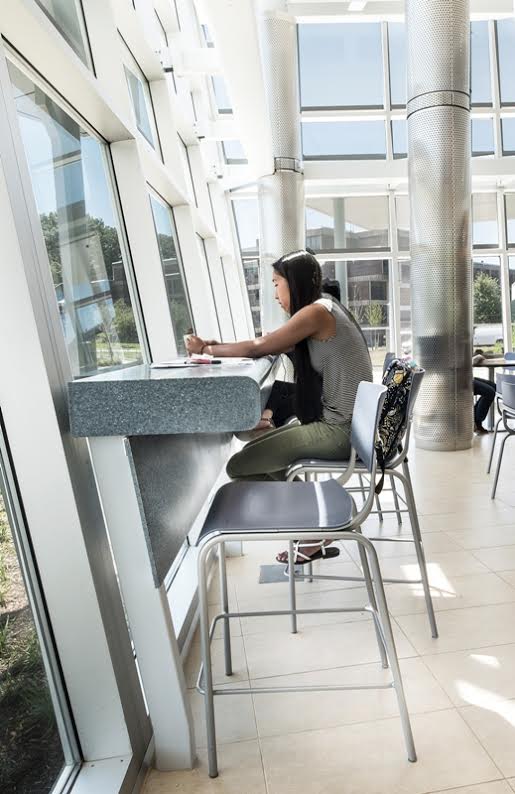
Photo credit: Melissa Lukenbaugh Photography, courtesy of KSQ Architects
Technology doesn’t stop with the lunch hour. In fact, for many students, the dining experience always includes either a smart phone, laptop or flatscreen TV. More than one-third of respondents to the BBDO survey said they like tech perks in dining venues, including ordering on iPads and pre-orderings with smart phones. Ironically, while 88% said they look at their phones while eating, 44% said they dislike it when their friends do.
Today’s dining halls feature seamless integration of technology, with power outlets built into furnishings, WiFi access (67% in the BBDO survey said they want free WiFi in restaurants) and digital connections to nutritional information, menus, surveys and even suggestion “boxes.” Walls with large-format televisions allow for communal TV or movie viewing and even the occasional video game tournament.
“Students today want to stay connected, even when they’re dining,” says KSQ’s Gomez. “Even if a dining hall doesn’t feature televisions, kids are looking at their phones. It’s a reality our designs must support—this is a generation that views their smartphone as a physical extension."
Related Stories
| Feb 17, 2013
Suffolk University’s $62 million academic building gets the go-ahead
The Boston Redevelopment Authority board yesterday unanimously approved Suffolk University’s plans to move forward with a new campus building at 20 Somerset St. that will feature general-use and science classrooms, a light-filled cafeteria/function space, and indoor and outdoor lounging areas.
| Feb 6, 2013
George W. Bush Presidential Center among award-winning roofing projects honored by Sika Sarnafil
Winners of the 2012 Contractor Project of the Year Competition were announced this week by Sika Sarnafil. The annual competition highlights excellence in roofing installation. Roofing contractors are judged based on project complexity, design uniqueness, craftsmanship, and creative problem solving.
| Feb 5, 2013
8 eye-popping wood building projects
From 100-foot roof spans to novel reclaimed wood installations, the winners of the 2013 National Wood Design Awards push the envelope in wood design.
| Jan 31, 2013
More severe wind storms should prompt nationwide reexamination of building codes, says insurance expert
The increased number and severity of storms with high winds nationally should prompt a reexamination of building codes in every community, says Mory Katz, vice president, Verisk Insurance Solutions Commercial Property, Jersey City, N.J.
| Dec 9, 2012
AIA: Laboratory design, building for breakthrough science
To earn 1.0 AIA/CES learning units, study the article carefully and take the exam.
| Dec 9, 2012
Greenzone pop quiz
Greenbuild attendees share their thoughts with BD+C on the SAGE modular classroom.
| Dec 9, 2012
Modular classroom building makes the grade
SAGE modular classroom opens eyes, minds at Greenbuild 2012.
| Nov 28, 2012
Francis Cauffman appoints Stainbrook Director of Higher Education
Stainbrook has 16 years of experience as a strategic planner and urban designer working on complex projects on- and off-campus.
| Nov 20, 2012
PC Construction completes Juniper Hall at Champlain College
Juniper Hall is on track for LEED Gold certification from the U.S. Green Building Council.
| Nov 11, 2012
Greenbuild 2012 Report: Higher Education
More and more colleges and universities see sustainainably designed buildings as a given


